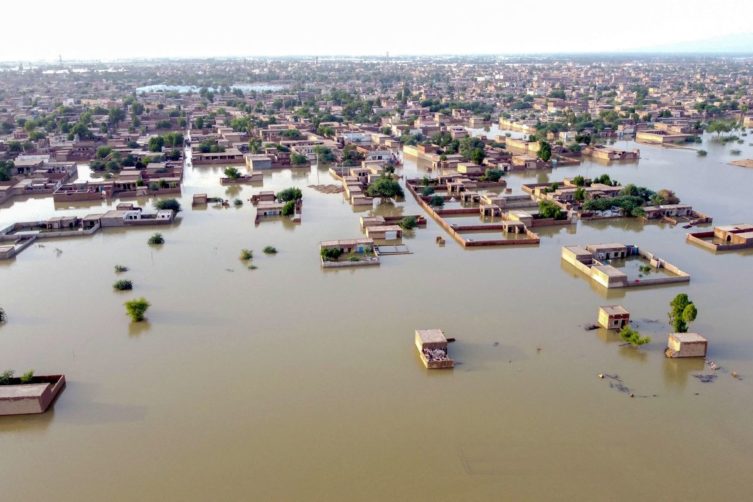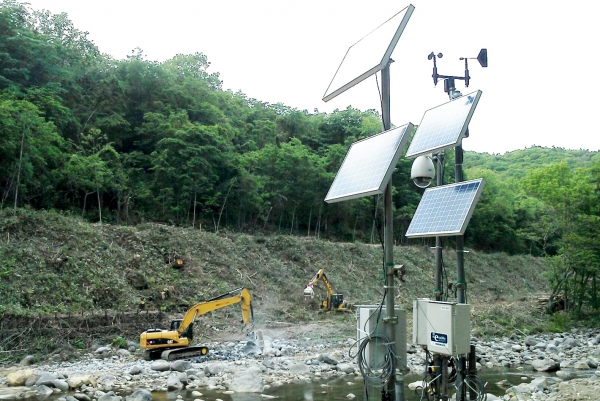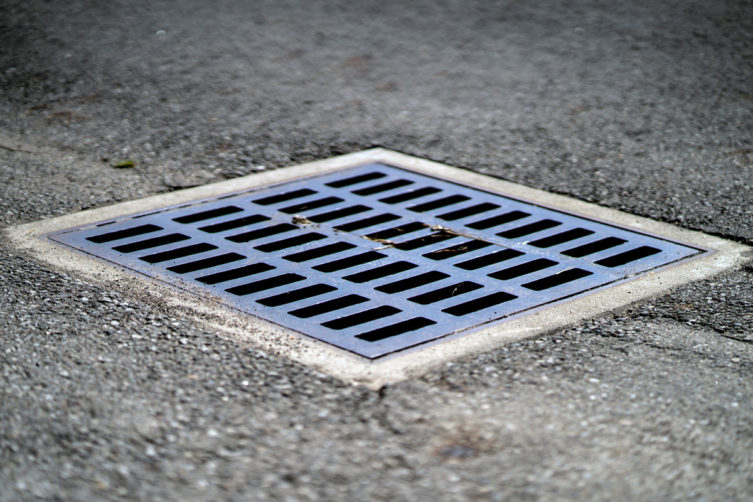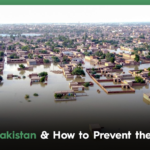Floods in Pakistan – How to Prevent them – 2022

The recent images coming out of Pakistan have been nothing but immensely horrifying. The situation looks like a nightmare– ferocious floods destroying all kinds of structures, flooding entire towns, and uprooting millions of people.
The fierce floods are being caused due to climate change and are made even worse by fast-melting glaciers in the northern region of the nation. Along with economic and political problems currently occurring in the country, the floods have added to the misery even more.
The largest estate network in Pakistan, Agency21 International, will highlight Pakistan’s flood statistics and solutions to prevent them.
Climate Change and Floods in Pakistan

According to a province-by-province assessment published by the Food and Agriculture Organisation of the United Nations, Balochistan and Sindh have been the most severely hit by the floods.
Senior government authorities estimate that the latest floods have had an impact on 33 million people and have killed 1200+ people.
In addition, about 1 million dwellings, 3,451 kilometres of roads, and more than 809,000 hectares of agricultural land have all been entirely wrecked. Furthermore, in 23 districts, 304,475 and 2.8 million acres of crops were impacted, and in Balochistan and Sindh, respectively, 500,000 and 202,593 cattle died.
Why are Floods in Pakistan so Extreme This Year?
As mentioned previously, Pakistan is currently facing its worst floods this century, with rivers spilling their banks, flash flooding, and bursting glacial lakes. Currently, at least one-third of the nation is submerged.
Climate change can be witnessed worldwide. Scientists have previously been warning people about the effects of greenhouse gas emissions, such as those of carbon dioxide and methane.
This will raise the risk of flooding in the areas most susceptible to climate change by heating the atmosphere. Additionally, as a result of the increased precipitation brought on by the higher temperatures, the air will be able to store more moisture, increasing precipitation intensity, regularity, and length.
Climate change was observed in most areas of Pakistan where the country experienced above-average rainfall compared to the past Monsoon season.
The vast difference in average rainfall as compared to the previous year is concerning. The nation experienced rainfall in August on average of about 166.8 mm, compared to 48 mm on average in August of the previous year.
How to Prevent Floods in Pakistan?
Although it will be impossible to eliminate the possibility of floods, steps can be taken to prevent floods. Here are a few ways you can prevent floods:
1. Flood Detection Systems

The installation of flood warning systems close to any significant canal or body of water gives vital information that can protect properties from excessive damage and save lives.
For the detection of a potential flood and how severe it will be, the most effective flood warning methods employ qualified staff and carefully designed procedures in addition to the installation of gauges and telemetry equipment.
2. Prompt Storm Drain Cleaning

During periods of severe rain, improperly built drains may flood. These can eventually gather debris, making it challenging for the water to drain properly.
The likelihood that surplus water will collect on land is decreased by maintaining storm drains free, which makes it easier to dispose of excess water.
Check neighbouring storm drains to make sure they are clear and use a rake to remove any obvious blockage. For more serious obstructions, get in touch with your city’s or county’s water or sewer department.
3. Plant More Trees!

Planting more trees will only benefit the environment. The government must take action to plant trees since it will benefit the environment and also help to avert flooding.
As research reveals, mangroves and eucalyptus trees are particularly good at reducing flood risk. Eucalyptus trees grow quickly and act as natural insecticides. They aid in water absorption in a manner comparable to mangroves.
These trees can assist lower tidal wave pressure, and prevent floods and tsunamis, by being planted close to rivers and canals.
4. Construction of Dams

Dams are one of the most important concerns in Pakistan as they have the potential to solve many power-related problems the country is incurring. Dams are the best way to prevent flooding anywhere because they are the largest infrastructure for storing water for later use.
Pakistan consistently endures flooding during the monsoon season due to a lack of dams in the nation. With the increase in rainfalls, dams must be constructed around the nation to store surplus water and avert further flooding catastrophes to stop this.
Agency21 Cares!

Agency21 Cares
Flooding during the monsoon season has caused significant destruction in Pakistan. The population is in dire need of aid after acres of land were destroyed and more than 33 million people were forced to flee their homes.
Pak Army works with Graana/IMARAT/Agency21/PropSure on a flood relief effort. They have attempted to give people in need rations and other essentials.
As a premier real estate company, IMARAT Group is prepared to take on this responsibility.
Consequently, to alleviate the flood crisis in Pakistan, Agency21 International is collaborating on a long-term basis with state institutions and NGOs to raise the most money and in-kind donations possible in the form of essential supplies, consulting services, and policy support.
Furthermore, Agency21 International team members are gathering in-kind donations in the shape of food, clothing, daily essentials, sanitary supplies, and other items.

